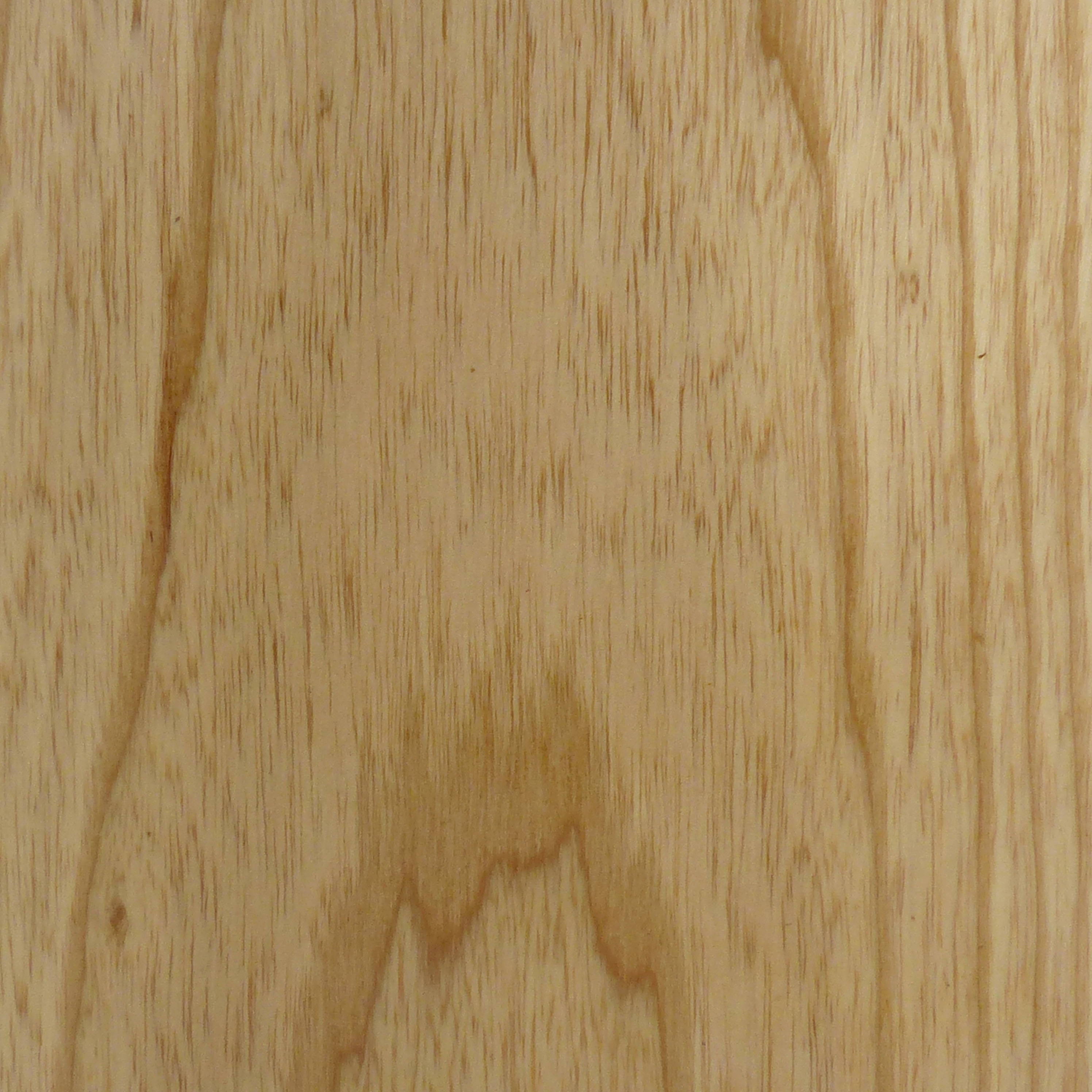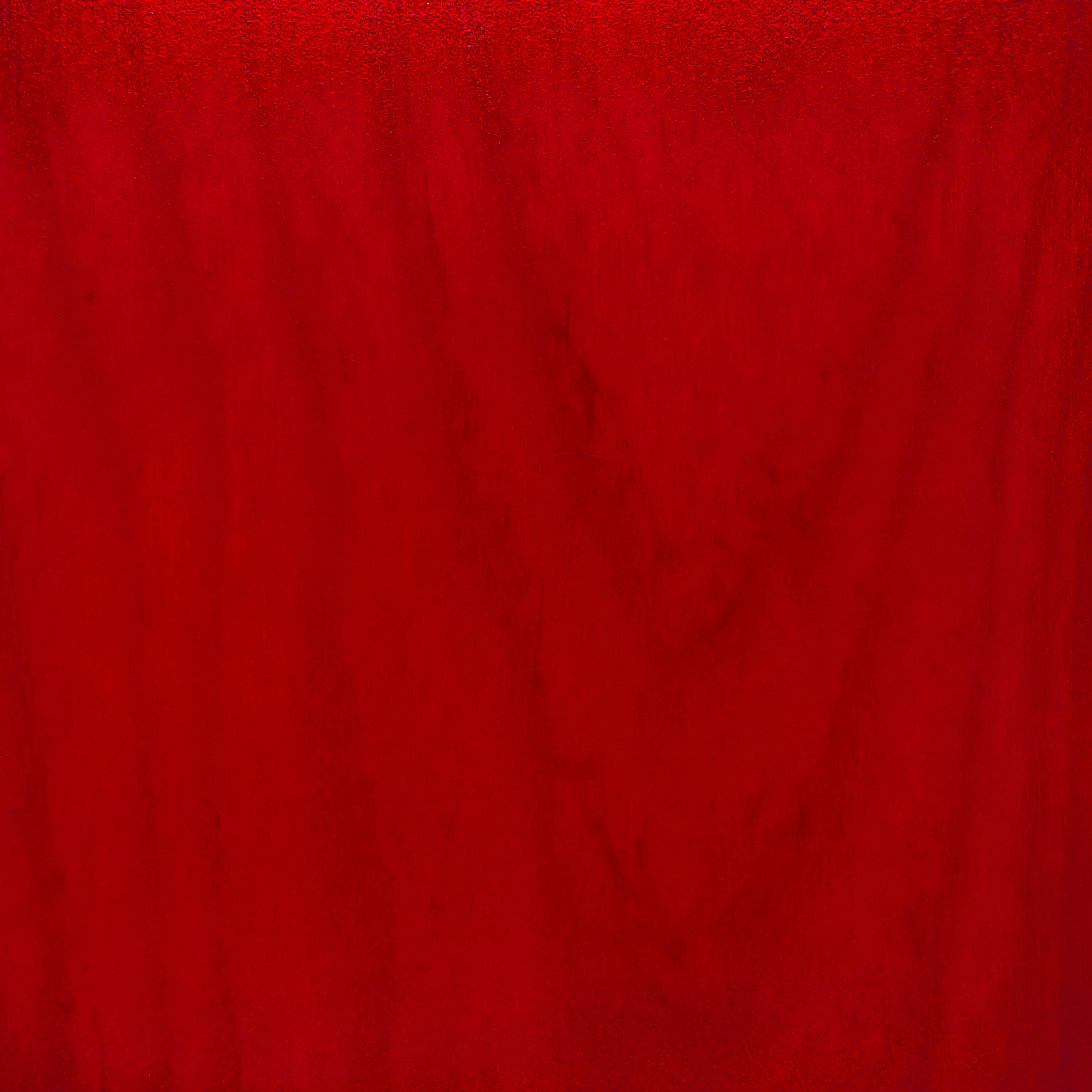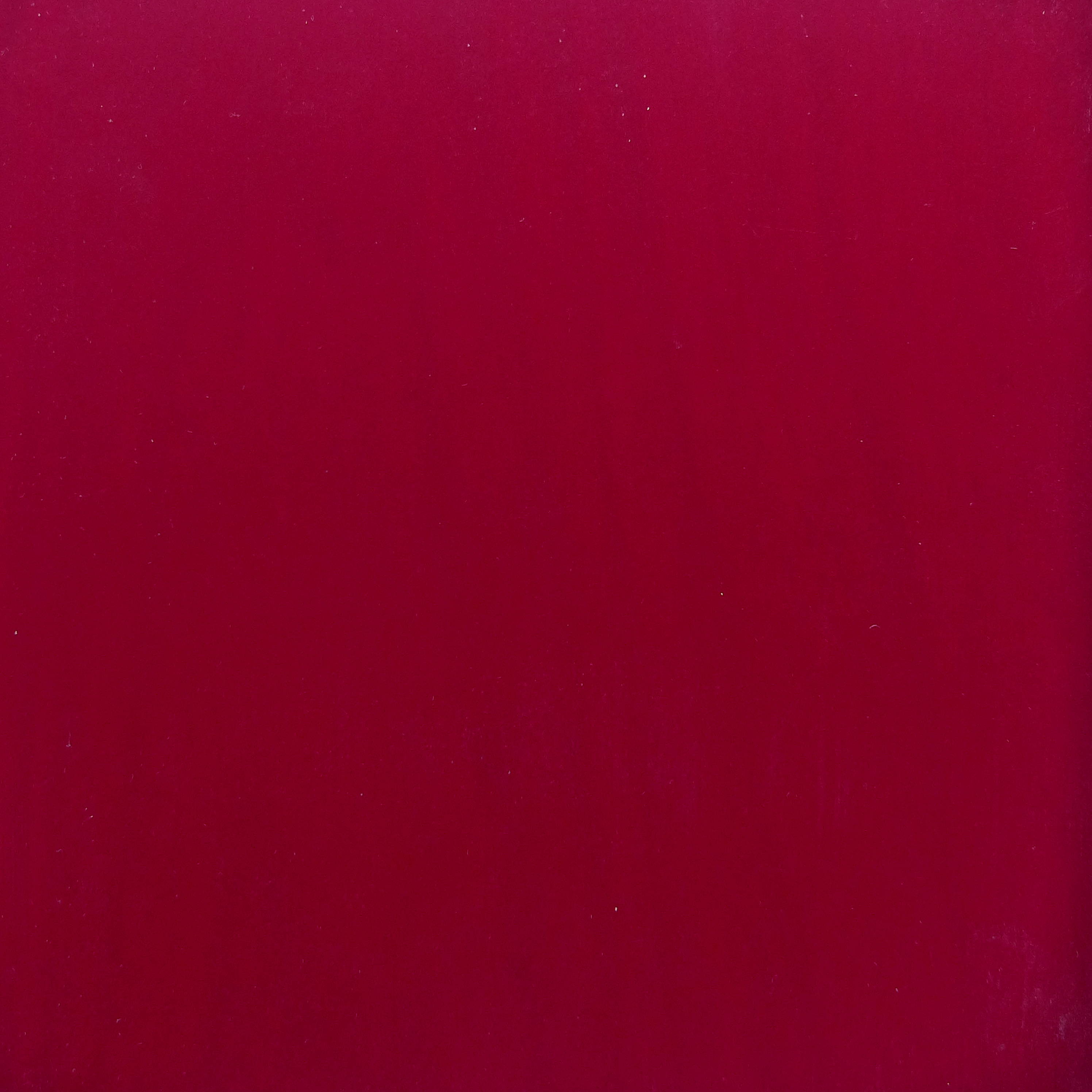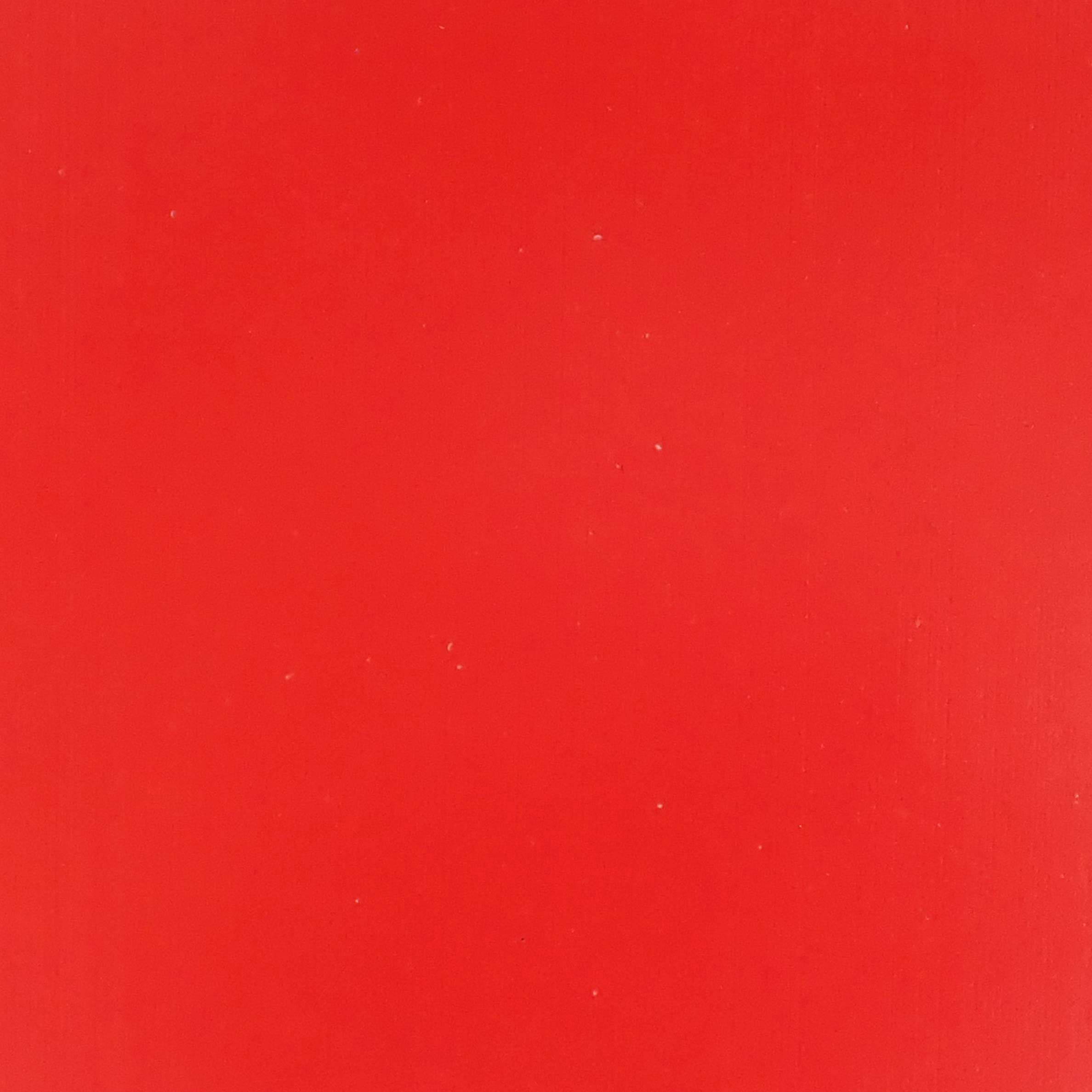How to Tint Nitrocellulose Lacquer
If you're spraying our nitrocellulose lacquer with a spray gun rather than using ready-mixed aerosols you have a lot of scope for tweaking, tinting and mixing colours to get the exact finish you want. But what can you mix together, and what are the different ways of giving nitrocellulose lacquer some colour? Read on to find out more about tinting nitro with:
Other colours of nitrocellulose lacquer and paint
Metal complex dye powder
Alcohol soluble aniline dye powder
Interior spirit based wood dye
Mixol universal pigments
Glitter flakes
Powdered pigments
General Notes and Guidelines on Tinting Nitrocellulose Lacquer
Mixing finishes together to make your own colours isn't difficult, but there are some general guidelines to follow to ensure you get the best results:
If what you're adding contains any additional solvent, for example thinners, alcohol or acetone, reduce the amount of thinner you use in the mixed product accordingly
If the dye or pigment needs mixing or dissolving, then do this first before adding it to the lacquer
Always add the tinter to the lacquer, rather than the other way around - this will ensure the best mix possible
Shake well for an even and consistent mixture, particularly important when adding pigments
Make notes! Lots of notes! Mixing a custom colour can be great fun but if you ever need to refinish the piece, if the application goes wrong or you want to do more of the same, you'll only be able to get the colour right if you've a proper record of what you did
Mix more than you think you need... you don't want to run out of your custom mix 1 coat before finishing the project
Don't add powdered dyes straight to lacquer as they will not dissolve properly and could clump, giving a spotty and uneven finish
Using Nitrocellulose Lacquer and Paint to Tint Nitrocellulose Lacquer
All of our nitrocellulose guitar paints and lacquers can be mixed together to create your own custom colour. Clear in to pigmented? Yep. Tinted into metallic paint? Yep. Results will vary depending on the opacities of the finishes being mixed - see the chart below for an explainer on how the different lacquers and paints will affect each other. Some examples of what you might achieve by mixing lacquers and paints are:
Add a small amount of Arctic White Nitrocellulose Guitar Paint in to Clear Nitrocellulose Guitar Lacquer to make a semi-opaque Blonde finish. Want more of a Butterscotch? Add some Amber Nitrocellulose Guitar Lacquer in there too.
Mix Clear Nitrocellulose Guitar Lacquer with Light Brown Nitrocellulose Guitar Lacquer to make a subtle tobacco tint, ideal for spraying over finishes to give an aged look.
Mix Inca Silver Metallic Nitrocellulose Guitar Paint with another metallic to tone down the colour without losing opacity.
Wine Red Nitrocellulose Guitar Lacquer not purple enough for you? Add a dash of Light or Cobalt Blue.
Want a bit more grain showing through Oxblood Pigmented Nitrocellulose Guitar Lacquer? Add some Clear to make it more transparent without changing the colour.
...more! We've around 100 colours of nitro guitar paints and lacquers, so with different strengths and mixtures there are thousands of combinations. I'll refrain from listing them all here.
What are the different opacities of lacquer and paint?
What happens when mixing different opacities of lacquer?
Using Metal Complex Dyes to Tint Nitrocellulose Lacquer
Metal complex dyes are powdered dyes which need to be dissolved in a suitable solvent before then being added to nitrocellulose lacquer.
Metal complex dyes give a transparent colour to nitro' lacquer
They have excellent lightfastness so will resist fading when exposed to light
Variety of wood and rainbow colours available which can be mixed to create your own custom shades
Mix a concentrated solution of powder in your desired colour using Shellac and Aniline Thinners
Add a dash of acetone to help it to mix with the nitrocellulose
Strain the solution to remove any undissolved clumps of dye powder
Add to your nitrocellulose lacquer
Reduce the amount of thinners used in the lacquer by the amount of dye solution you have added
Using Alcohol Soluble Aniline Dyes to Tint Nitrocellulose Lacquer
Alcohol soluble aniline dyes are powdered dyes which need to be dissolved in a suitable solvent before then being added to nitrocellulose lacquer.
Alcohol soluble aniline dyes give a transparent colour to nitro' lacquer
They have poor lightfastness so will fade when exposed to UV light
Variety of wood and rainbow colours available which can be mixed to create your own custom shades
Mix a concentrated solution of powder in your desired colour using Shellac and Aniline Thinners
Add a dash of acetone to help it to mix with the nitrocellulose
Strain the solution to remove any undissolved clumps of dye powder
Add to your nitrocellulose lacquer
Reduce the amount of thinners used in the lacquer by the amount of dye solution you have added
Using Interior Spirit Based Wood Dye to Tint Nitrocellulose Lacquer
Our ready mixed interior spirit based wood dyes can be added directly to nitrocellulose lacquer to give it a transparent tint.
Transparent colour so the wood grain will still be visible through the tinted lacquer
Good lightfastness so will resist fading when exposed to light
Wide selection of colours, all of which can be mixed to make your own custom hue
As these are ready mixed dyes the concentration cannot be increased, so are best for subtle tints
Ready mixed dye can be added straight into the nitrocellulose lacquer
Maximum of 5% by volume should be added, otherwise the performance of the lacquer can be adversely affected
Reduce the amount of thinners used in the lacquer by the amount of dye you have added
Using Mixol Universal Pigments to Tint Nitrocellulose Lacquer
Mixol Universal Pigments are highly concentrated opaque pigments, supplied in liquid form, which are compatible with a wide variety of finishes including nitrocellulose.
Highly concentrated and good opacity so can be used to mix your own solid colour and metallic paints
The high concentration means only small amounts are required when mixing
Pigments have excellent lightfastness so will strongly resist fading when exposed to UV light
Broad selection of colours, all of which can be mixed, so you can fine tune your perfect shade
Mixol pigments can be added straight into the nitrocellulose lacquer - shake well!
Using Glitter Flakes to Tint Nitrocellulose Lacquer
Glitter flakes are finely chopped sparkling flakes that sit in suspension in the lacquer. Larger than the standard flakes used in metallic paints, these give an intense sparkling glitter finish.
Final effect can be varied in many ways depending on how much flake is used, how many layers are sprayed, the colour underneath and any tint to the lacquer itself
Glitter flakes do not fade
Wide selection of colours including holographic and fluorescent
Flakes can be added straight in to nitrocellulose lacquer
Experiment with your particular equipment as larger flakes require larger nozzles
Most intense effect is achieved over dark base coats
Using Powdered Pigments to Tint Nitrocellulose Lacquer
Powdered pigments are very fine opaque powders which sit in suspension in the finish rather than dissolving.
Used for creating opaque finishes such as paints
Intense colours including neons, bronzes and pearls
Multiple effects can be created depending on the concentration of pigment and how it's sprayed
Pigments can be added straight in to nitrocellulose lacquer shake well, and then strain the lacquer to remove any clumps
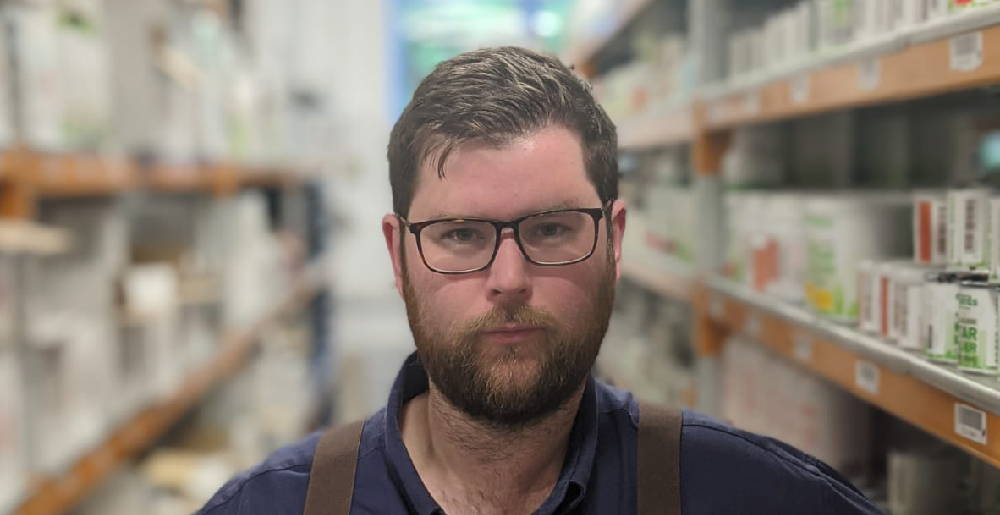
Thanks for reading. If you have any questions about or suggestions for this article please use the contact form. Look out for new articles every week!

Simon Hurley
Founder and Managing Director
dartfords® Wood Finishes, part of Rothko and Frost Limited

